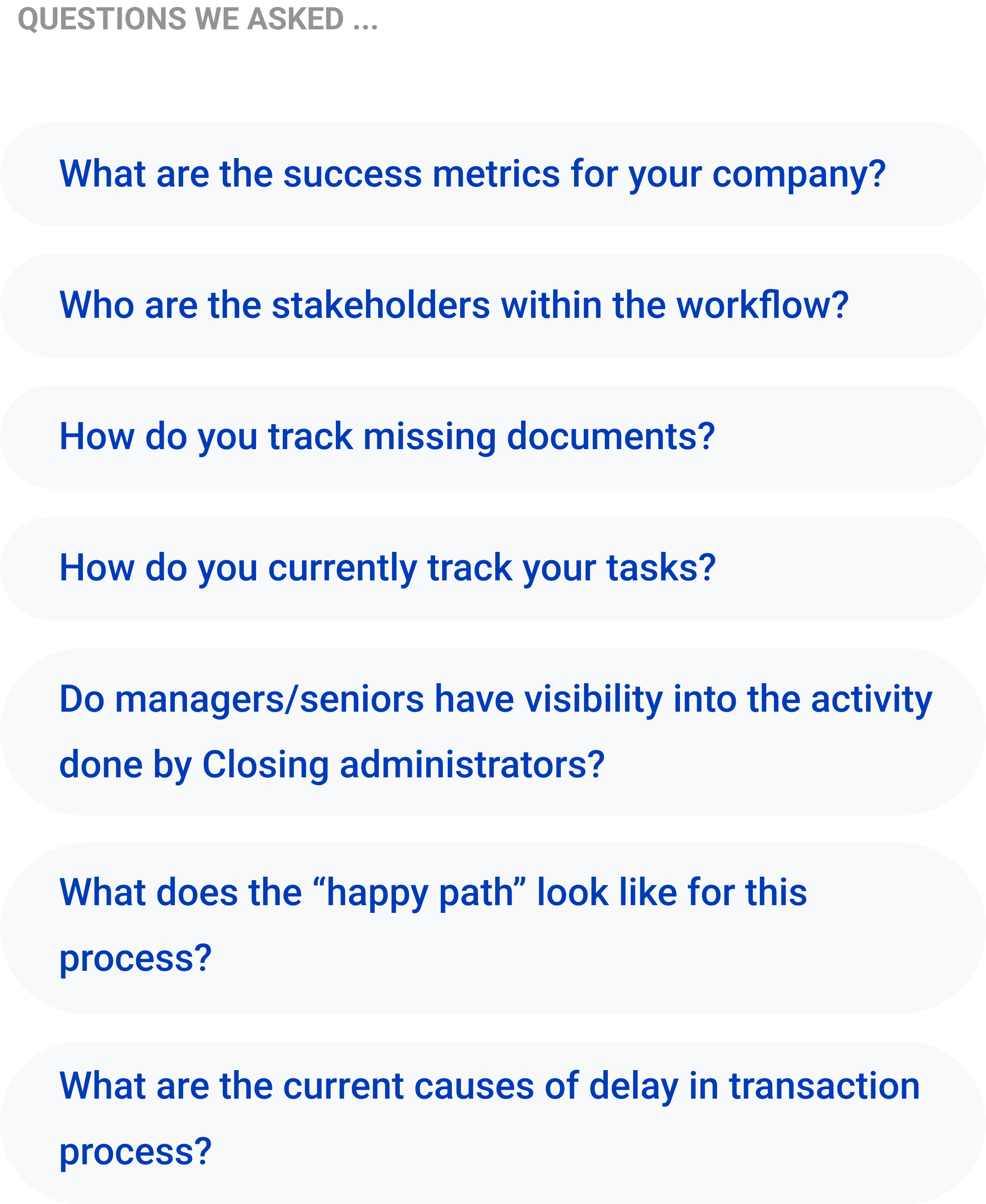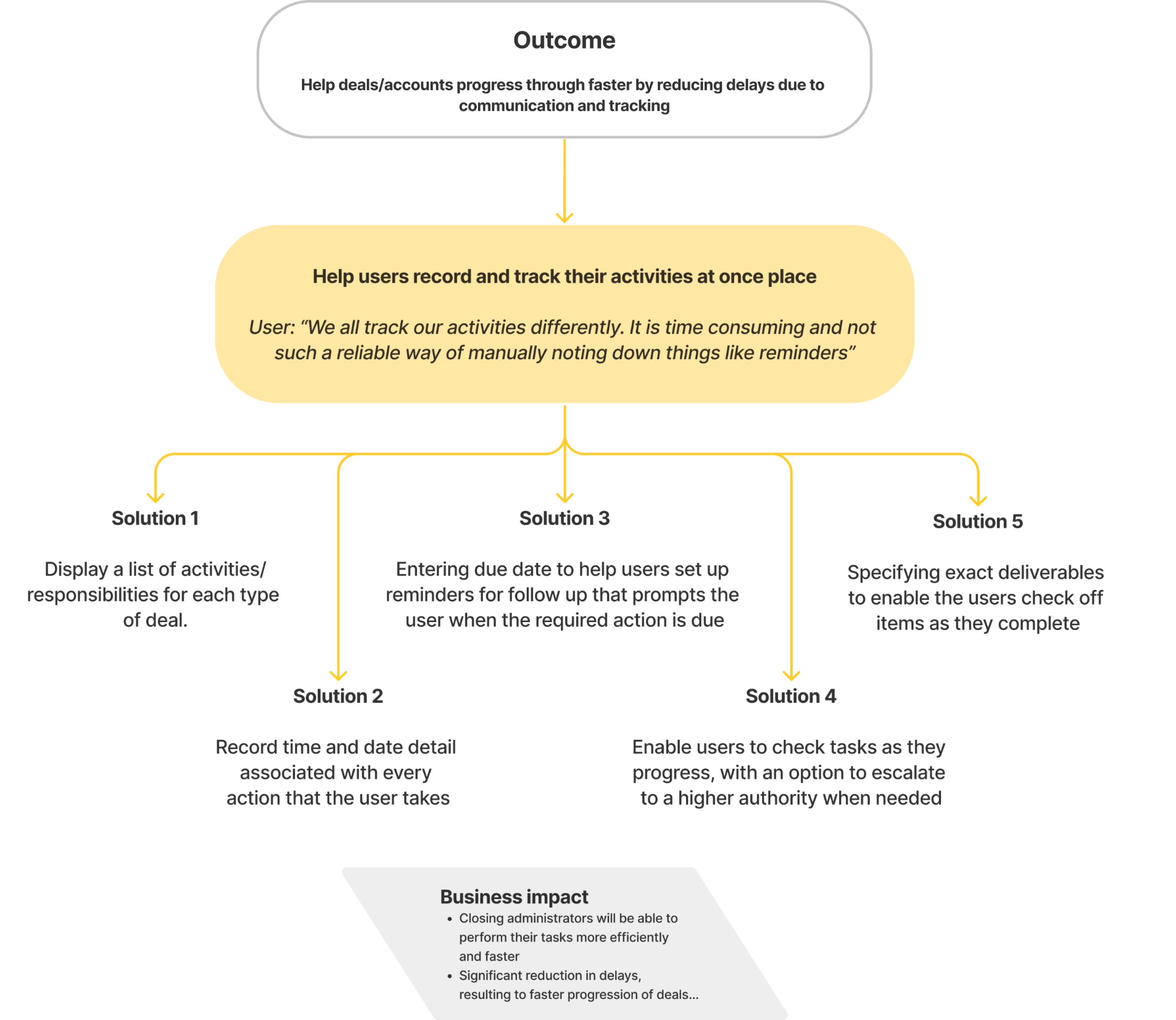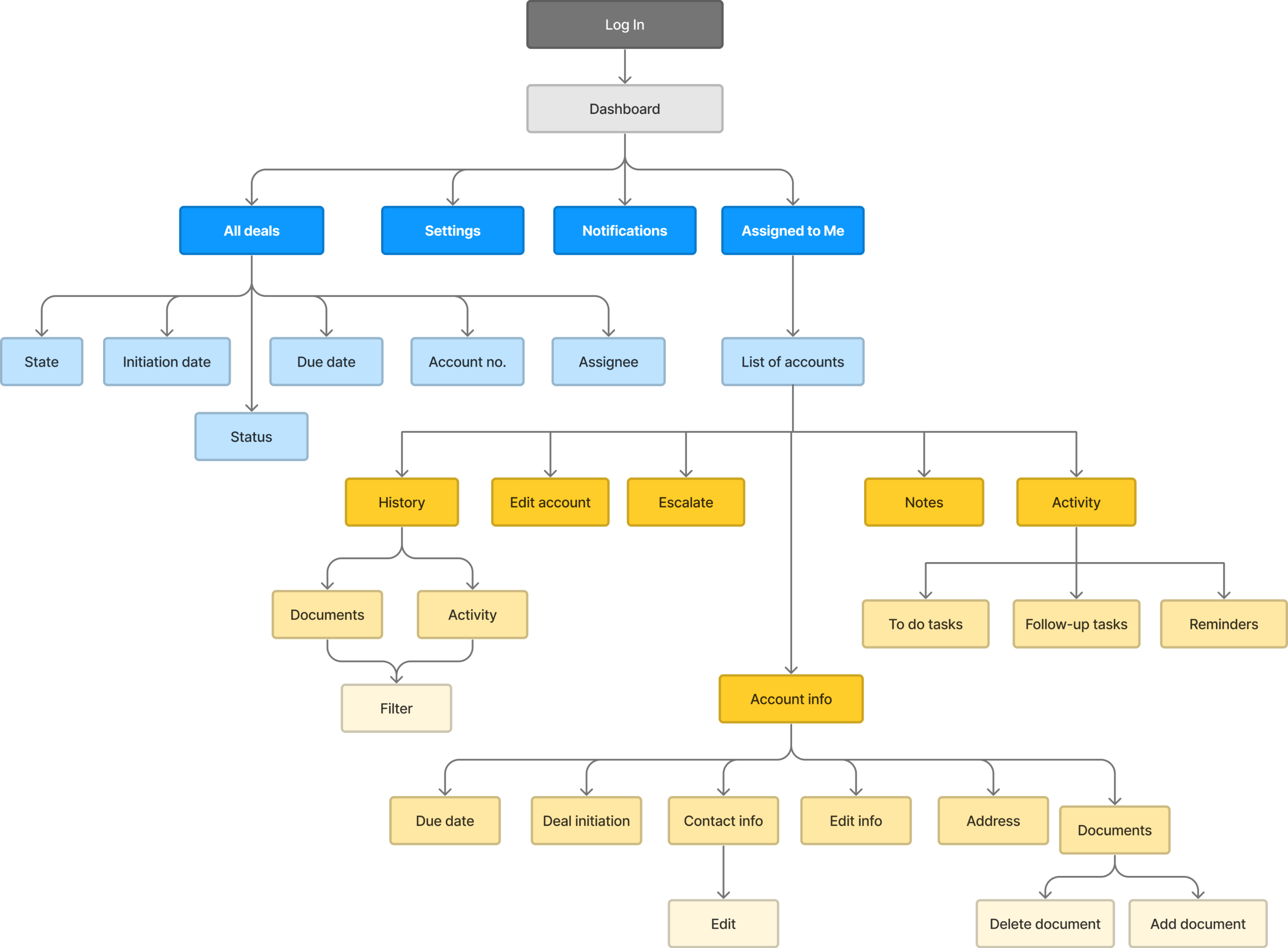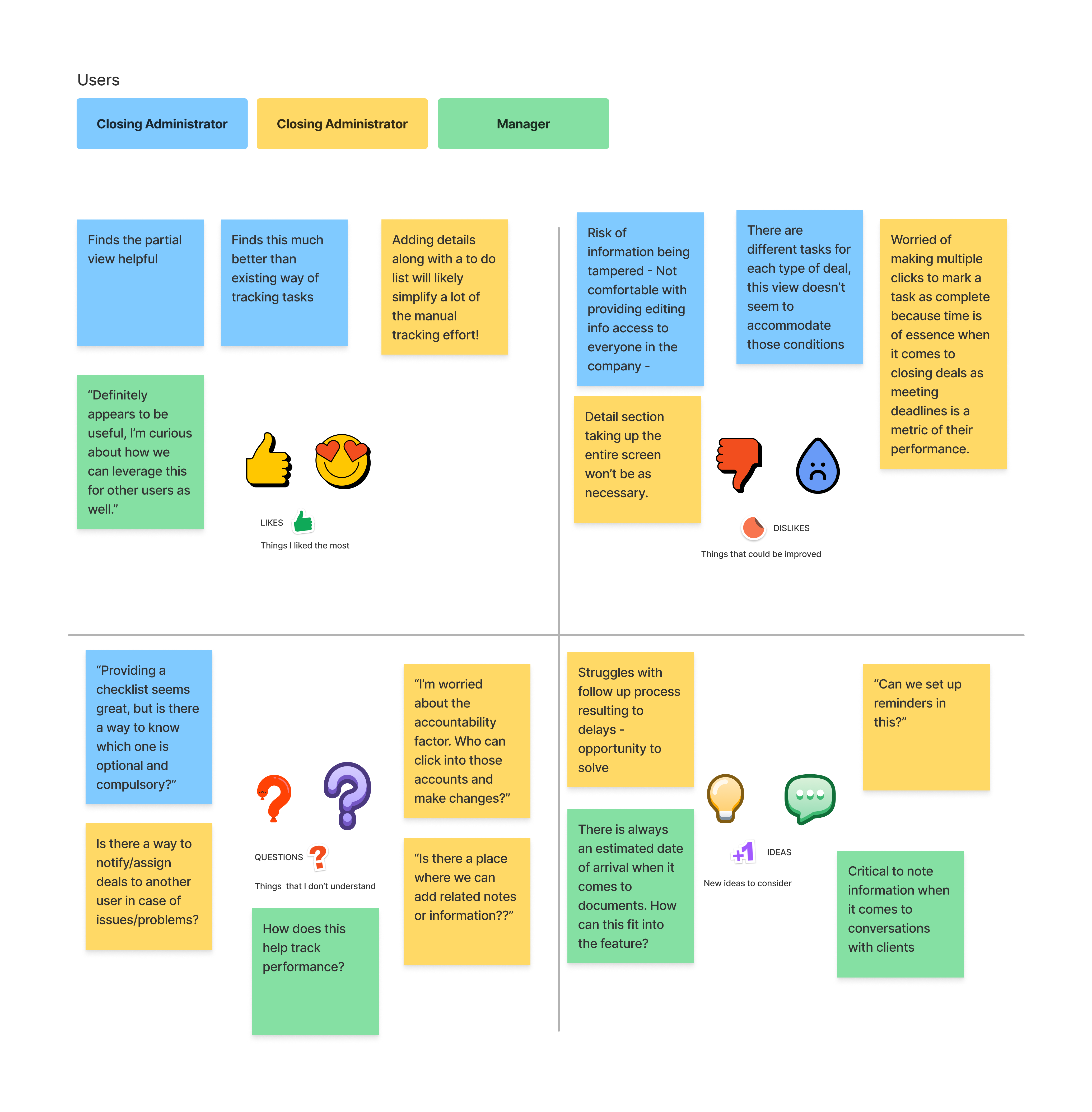-
•
Continuous discovery helps to identify challenges sooner than later.
-
•
Iterative and Lean UX approach helps to get user feedback as early in the process as possible.
-
•
Using opportunity solution tree helped to identify all the possible problem areas for each user, decipher insights, prioritise user problems and opportunity spaces.
-
•
Involving engineers and tech leads in the design process helped to pinpoint technical limitations, dive deeper into the feature design and keep the team up to date with the design evolution.
-
•
Weekly sessions with users to test design concepts helped to identify problems/potential problems early on - thus, saving time and effort.
-
•
Raising potential risks/challenges early in the process helps to find ways to mitigate them and maintain transparency with the client.
-
•
Customer is not always right, don't hesitate to ask questions.
-
•
High communication makes a healthy team.





